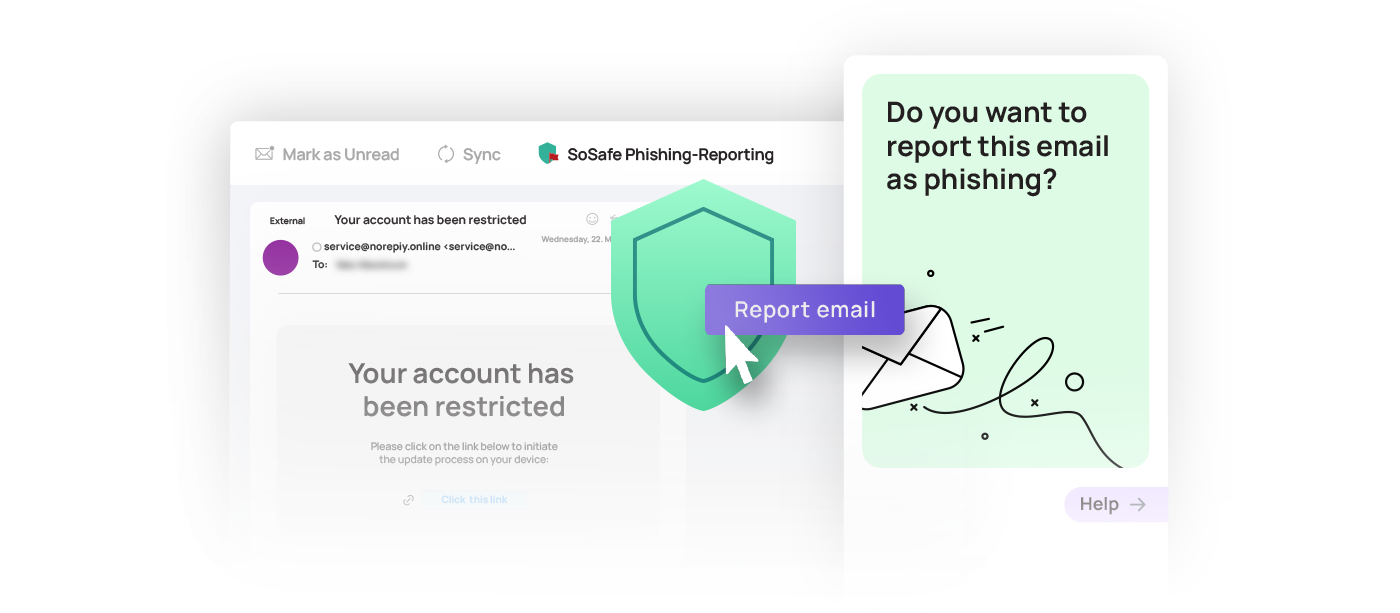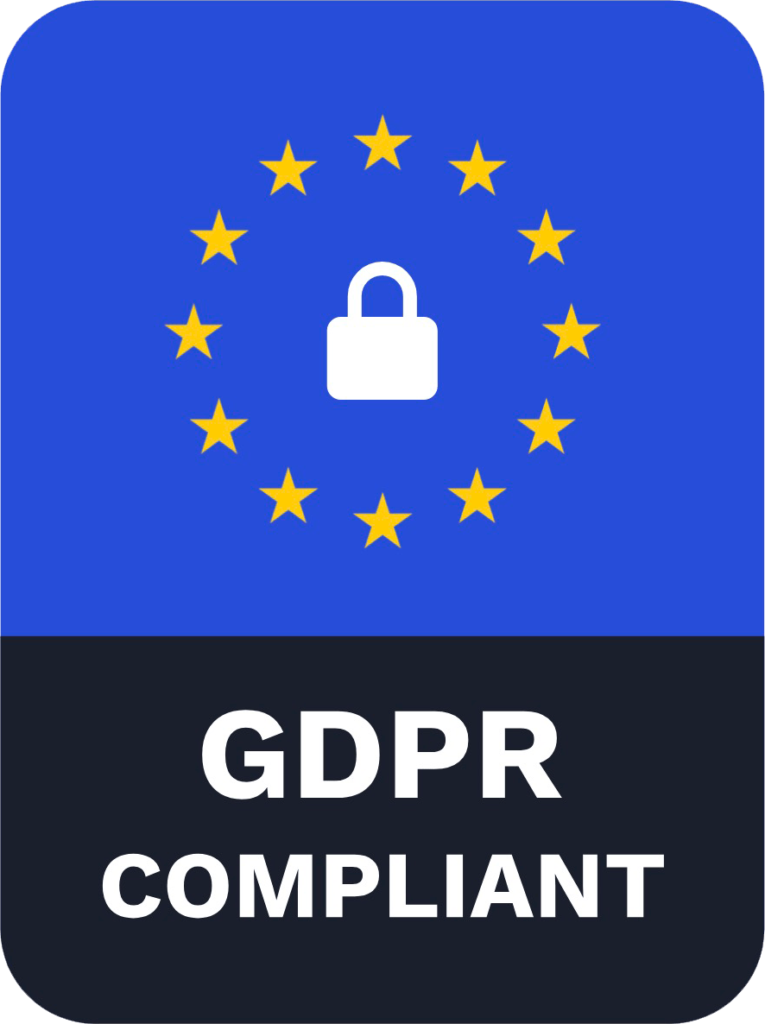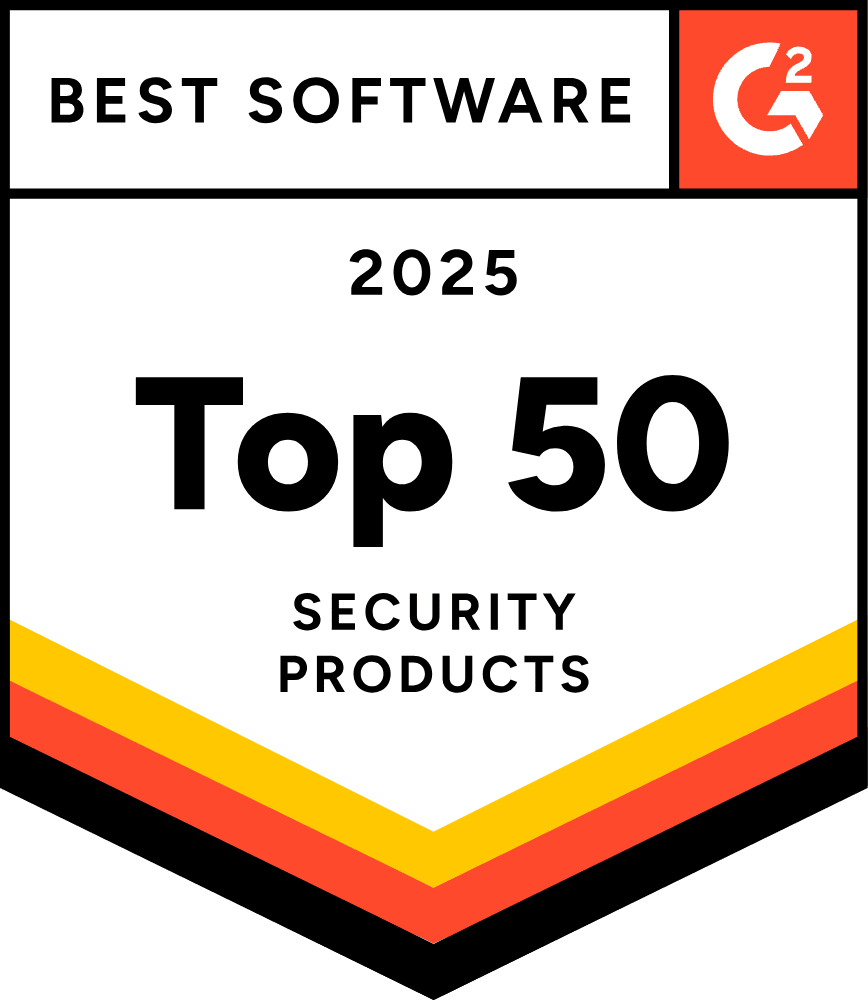
Cybersecurity
How to build effective cybersecurity training programmes for employees
Training comes in many forms. We train to drive, to handle emergencies, to work safely on the job — all to reduce risk before something goes wrong. Cybersecurity training should be thought of in the same way.
The reality is, cyber threats aren’t just a “tech issue.” They can slip in anywhere, through anyone. A rushed click, a weak password, or a missed warning sign is often all it takes. That’s why training employees isn’t about turning them into IT experts, but about helping them recognise risks and feel confident responding to them.
For that to work, the culture around security has to be open. People should feel safe reporting mistakes or suspicions, knowing they won’t be punished for it. Every slip-up is a chance to learn and tighten defences, not to point fingers.
When cybersecurity training is designed with that in mind, it gives employees the tools and motivation to actively protect the organisation, and it makes cybersecurity a shared effort rather than a burden on a single team.
When supported by thoughtful awareness training, these everyday behaviours add up to an organisation that’s far harder to compromise.
In this article, you’ll learn how to create effective cybersecurity training that strengthens culture, reduces risk, and empowers employees.
Why employee cybersecurity training matters
No matter how advanced an organisation’s cybersecurity technology may be, people will always play a central role in keeping systems safe. Studies show that around 60% of company data breaches involve human vulnerabilities. The good news is, this also means they can be the strongest. With the right training, awareness, and support, employees can transform from being the most common target into one of the organisation’s greatest assets. That’s why effective cybersecurity training matters so much.
Key statistics highlighting cybersecurity risks
Half of the organisations surveyed experienced a damaging cyberattack over the last three years. More than a third of surveyed users have clicked on phishing links, with two-fifths of them entering their personal data on spoof landing pages.
These statistics underscore just how important cybersecurity awareness is across the entire organisation. Every employee, no matter their role, benefits from training that builds both knowledge and confidence. The goal isn’t just to pass along information — it’s to raise awareness, encourage safer habits, and create lasting behavioural changes. When done well, cybersecurity training turns employees into an active line of defence, forming a human buffer that works hand in hand with technical safeguards like firewalls.
What great cybersecurity training programmes include
A successful cybersecurity training programme is more than a box-ticking exercise for compliance. To truly make an impact, it needs to feel practical and relevant. That means tailoring the content to different roles across the organisation and focusing on the kinds of threats employees are most likely to face in their day-to-day work. That doesn’t mean every session has to be fully individualised. Running training in clusters — by department or function — can make it practical while still keeping it relevant. What matters most is that employees walk away with skills and habits they can actually apply, fostering sustainable behavioural changes that strengthen security in the long run.
Training sessions should include:
Password hygiene & multi-factor authentication (MFA):
Employees should understand why strong, unique passwords matter. Simple dictionary words or personal names make it easy for attackers to guess their way in. A strong password combines letters, numbers, and symbols in unpredictable ways making it far harder to crack.

Multi-factor authentication (MFA) adds another critical layer of protection. Even if a password is compromised, the attacker can’t get far without access to the employee’s secondary device, such as the smartphone receiving a one-time code.The importance of these measures becomes clear when we look at everyday examples. Think of the countless hacked social media accounts we’ve all seen — where friends suddenly start sending suspicious messages. The same principles apply in the workplace, only the stakes are much higher.
Phishing recognition & simulations
Phishing remains one of the biggest cybersecurity threats organisations face. The tactic is simple but effective: attackers send emails that look legitimate, often linking to what appear to be official login pages. Once a person enters their details, those credentials are stolen and used to break into accounts.
Cybersecurity awareness training becomes far more powerful when paired with phishing simulations. These exercises expose employees to realistic scenarios — like fake invoices or links to bogus sites — in a safe environment, helping them recognise warning signs before they fall for them in real life.Tools like SoSafe’s Phishing Report Button make the process even stronger. With one click, employees can flag suspicious emails directly to IT security, turning a potential weak spot into a real-time reporting system. This doesn’t just improve response times; it also builds a culture where reporting is encouraged. In fact, SoSafe’s data shows that employees who complete phishing training modules are 40% more likely to report an attempt.

BYOD & device hygiene
It’s common for employees to use their personal phones at work and with remote and hybrid setups, many are also logging in from their own home computers. This “bring your own device” (BYOD) approach may be convenient, but it opens the door to new security risks. That’s why training for cybersecurity should also cover how to secure personal devices. Ideally, any device used for work should have employer-approved security software installed.If attackers manage to compromise a personal device that connects to company systems, the consequences can be severe. Malware can spread quickly, disrupting operations and exposing sensitive data.
Social engineering awareness
Cybercriminals know that the easiest way past strong technical defences is often through people. That’s why social engineering has become such a common tactic: it plays on human emotions like trust, curiosity, or a sense of urgency to push someone into making a quick decision. Cybersecurity training can help employees recognise these tactics, giving them the awareness and confidence to slow down, think critically, and avoid falling into the trap.The challenge is becoming more sophisticated with the rise of AI-driven deepfakes. On social media and messaging apps, attackers can now convincingly impersonate trusted colleagues or leaders. A phone call from a manager might not be real — it could be a synthetic voice designed to extract sensitive information.
Data handling protocols
Employees should also be trained on company policies for collecting, handling, and storing data. Alongside this, IT needs to set clear access controls so people only work with the data they actually need. Together, these measures form a strong foundation for data loss prevention. The risks of getting it wrong are serious. Breaches that expose customer information can cause lasting reputational harm.
Incident reporting
Swift reporting is one of the best defences against cyber threats. Employees should feel encouraged to flag suspicious emails right away, knowing they won’t be blamed for doing so. Building a culture of openness is key, mistakes and near-misses happen to everyone, and reporting them quickly helps protect the whole organisation.
Planning your cybersecurity training strategy
An effective cybersecurity training strategy should balance the organisation’s unique needs with established industry best practices. It is far more likely to stick and deliver real results.
Identify risks by team/department
Different departments and roles face different levels of risk and types of cyber threats. That’s why training should be tailored to fit their specific needs. CISOs and L&D (learning and development) teams can work together to map out programmes that align training with the risks employees are most likely to encounter.SoSafe’s cybersecurity platform adapts training dynamically to each employee’s risk profile, role, and behaviour — making every module directly relevant to their day-to-day work.
Use approved frameworks
A strong security approach should align with recognised frameworks, regulatory requirements, and industry guidelines.Not only is this best practice; it’s also essential for compliance. The NIST Cybersecurity Framework, for example, helps organisations identify risks, close security gaps, and put measures in place to respond effectively to threats.
Align to compliance needs
Compliance is non-negotiable, which means a cybersecurity training programme must align with all relevant regulations and obligations. Primary among these is the EU’s General Data Protection Regulation (GDPR), which sets strict standards for how personal data is handled and protected.SoSafe aligns with leading security frameworks and complies with regulations including the EU AI Act and the German Supply Chain Act. The user is always at the centre, with training tailored to role-specific compliance needs.
Execute with impact: cybersecurity training formats that work
For cybersecurity training to be truly effective, it needs to be engaging, personalised, and grounded in proven behavioural science.
Microlearning and spaced repetition
Short, focused sessions are often more effective than lengthy ones. Microlearning modules delivered across different channels use spaced repetition to reinforce knowledge and improve recall.

Simulations and phishing tests
Real-world simulations are one of the most effective ways to prepare employees for phishing attempts. They build recognition of common tactics and make secure responses — like reporting suspicious emails immediately — second nature. At Vitra, for example, phishing click rates dropped by a third while reporting rates nearly doubled during the launch phase.
Gamification elements in cybersecurity training
Adding storytelling and gamification to training can significantly boost engagement and motivation. Points systems, leaderboards, badges, and light competition make the experience more interactive — and this approach has been shown to improve knowledge retention by up to 50%. Freudenberg saw the impact firsthand, achieving an 82.5% reduction in phishing click rates with this approach.
Check out our report on how gamification is revolutionising e-learning

LMS integration
Integrating a learning management system (LMS) creates a unified digital learning environment where data flows seamlessly, information is shared easily, and insights are generated automatically. By reducing repetitive manual tasks, it saves time and allows employees to focus on the core learning material — delivering a more cohesive training experience overall.
How often should you train employees?
Cybersecurity training isn’t a one-time exercise. Regular refreshers keep employees alert and ready to act, while ingraining habits that become second nature. And as teams change, new hires need to be brought up to speed quickly. A three-part approach works best:
- Onboarding: the first step for every new employee, ensuring they understand core security practices from day one.
- Quarterly refreshers: shorter, more frequent sessions that are proven to be more effective than annual training and a chance to cover emerging threats.
- Incident-based follow-ups: simulated attacks that teach employees how to respond in real time. When a simulated attack succeeds, it often becomes the strongest motivator to learn.
Leadership’s role in cybersecurity training
As with any company-wide initiative, strong leadership is key to achieving real buy-in. When leaders champion cybersecurity training, it signals that security is a shared responsibility and encourages employees to engage fully.
CEO, CISO, and middle-management engagement
Security commitment starts at the top. When senior leadership takes cyber risks seriously and recognises the need for comprehensive measures, that mindset trickles down through the whole organisation.
Clear, consistent communication from leaders helps raise awareness among employees and sets the right tone for training. It shows that cybersecurity isn’t just an IT issue — it’s a company-wide priority. At the same time, the CISO plays a key role in keeping the board informed about training plans, ensuring they align with business goals and have the resources needed to succeed.

Communication cadence: security as cultural norm
Cybersecurity should be part of everyday conversation in the workplace. Leadership plays a big role here by framing risks in real-world terms and explaining what breaches could mean for the business and its people. When security becomes a regular part of company culture and daily work life, employees are far more likely to stay alert and engaged.
Example initiative: cyber champions or security ambassadors
Change sticks best when there are champions to drive it. Appointing cybersecurity ambassadors among mid-level leaders can make a big difference. These ambassadors model secure behaviours, share knowledge, and encourage colleagues to see cybersecurity as a shared responsibility.
Measuring training success
Measuring the success of cybersecurity training isn’t about test scores — it’s about tracking real, lasting changes in employee behaviour.
Knowledge retention
The most obvious way to gauge training success is by looking at how much information employees retain but measuring that without formal tests can be tricky. SoSafe Human Security Index tracks a range of KPIs, including a cybersecurity awareness score, a behavioural score, and an organisational culture score, giving a fuller picture of how training is actually shaping security habits.
Behavioural metrics
As we’ve emphasised, the success of cybersecurity training isn’t measured by performance scores or how someone reacts in a single simulation. What really matters are broader behavioural metrics — like how often employees interact with phishing emails and how quickly they report them. Tracking these patterns gives a far more holistic view of whether the training is making a lasting impact.
SoSafe’s Analytics Dashboard tracks real-time behavioural changes from cybersecurity training, powered by our Human Risk Operating System. It monitors live risk signals, detects vulnerabilities, and can trigger automated interventions when needed. A configurable Behaviour Score on a 1–100 scale measures actions like clicking, interacting, and reporting phishing emails, giving a quick view of progress. Overall, SoSafe provides constant insight into the human layer of security, helping organisations manage and strengthen behavioural change.

Final thoughts on cybersecurity training
For cybersecurity to work effectively, organisations need to build a strong behavioural culture rooted in vigilance and open communication. Employees should feel empowered to report threats without guilt or fear because culture, not surface-level compliance, is what makes the difference.
Success comes from recognising that cybersecurity is everyone’s responsibility. Awareness training should be continuous, with regular refreshers, simulations, and hands-on practice. Real-world scenarios and storytelling boost retention, while tailoring content to specific roles and risks ensures relevance. And none of this works without visible leadership support.
In the end, technology can only go so far. What truly protects an organisation is when every employee — from the boardroom to the front line — becomes an active defender. That’s how cybersecurity starts truly becoming second nature.
See how SoSafe protects your organisation





















